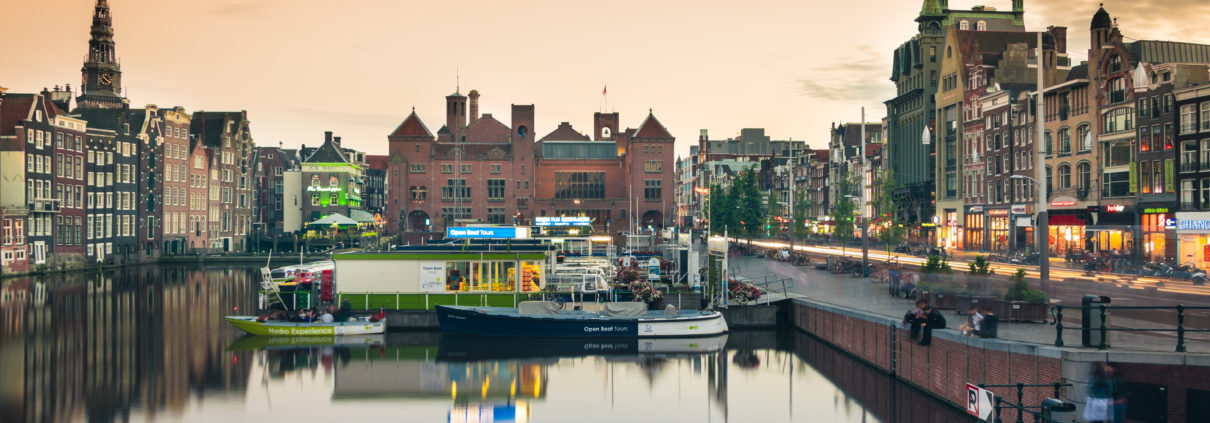The Dutch Have Solutions to Rising Seas and the World is Watching
Growing up in the Netherlands, Henk Ovink was well aware of the country’s problems with water and its construction of an elaborate system of dykes and flood control systems to hold back the sea. At the time, this made the Netherlands an international oddity. In the era of climate change, the Dutch aren’t outliers anymore, they are pioneers. Ovink was recently appointed by the Dutch Cabinet as the first Special Envoy for International Water Affairs for the Kingdom of the Netherlands. He is the Principal of Rebuild by Design and was Senior Advisor to President Obama’s Hurricane Sandy Rebuilding Task Force.
“Worldwide, water is a connecting issue. With its integrated approach to water shortages, water safety, water quality, logistics and transport, the Netherlands make the difference across the globe. We are leaders in the field, which is welcome, but that also obliges us to continue to invest and innovate, in the Netherlands and abroad. Our Dutch know-how and expertise are unique. I see plenty of opportunities to utilise this knowledge even better at the international level.”
Ovink’s knowledge of water management and engineering have sent him on a particular kind of world tour. His current job sends him across the globe surveying resiliency plans and advising cities on how to prepare for some of the potentially costly impacts of climate change. The Dutch are reevaluating the basic premise that they can build their way out of the climate change. Along with all the dikes, levees and storm surge barriers, they’re embracing a new philosophy of working with nature.
In addition, they are are also experimenting with a whole new approach to urban development. Floating buildings are an example of this type of innovation. They are structures that float on a platform of styrofoam, concrete and high-tech cushions. The domes are inflated bubbles of ultra-light plastic that resonate like a giant balloon when it rains. Floating buildings are still a boutique solution, but buildings like this could become more common as climate change forces developers to get creative.
For the full article:
CLICK HERE



